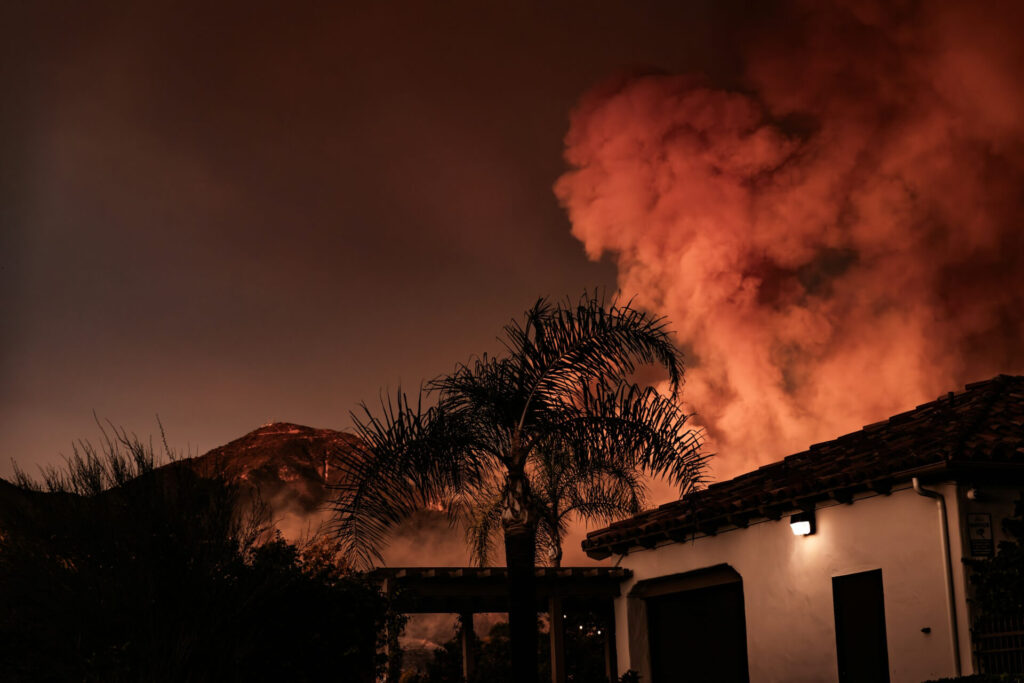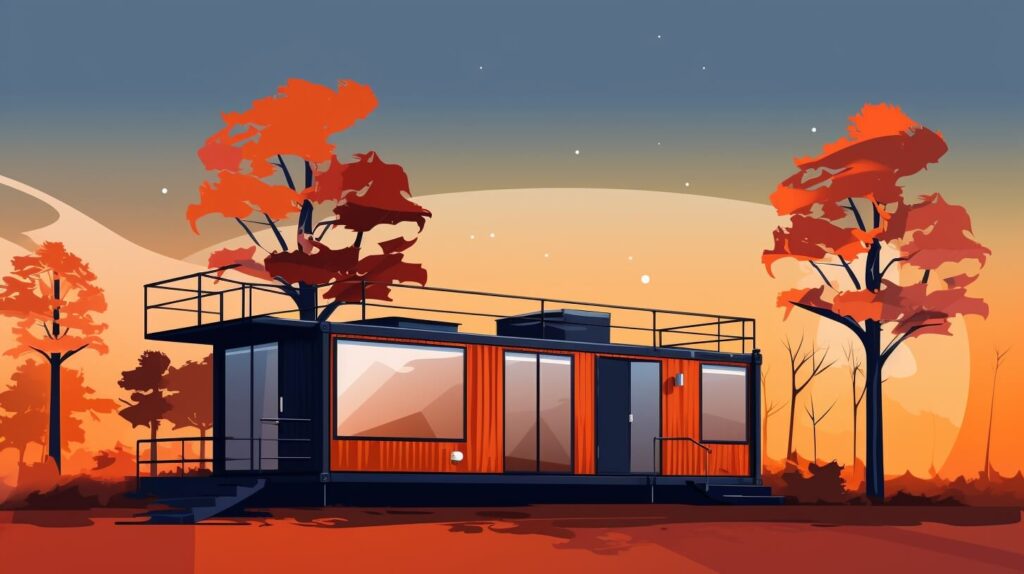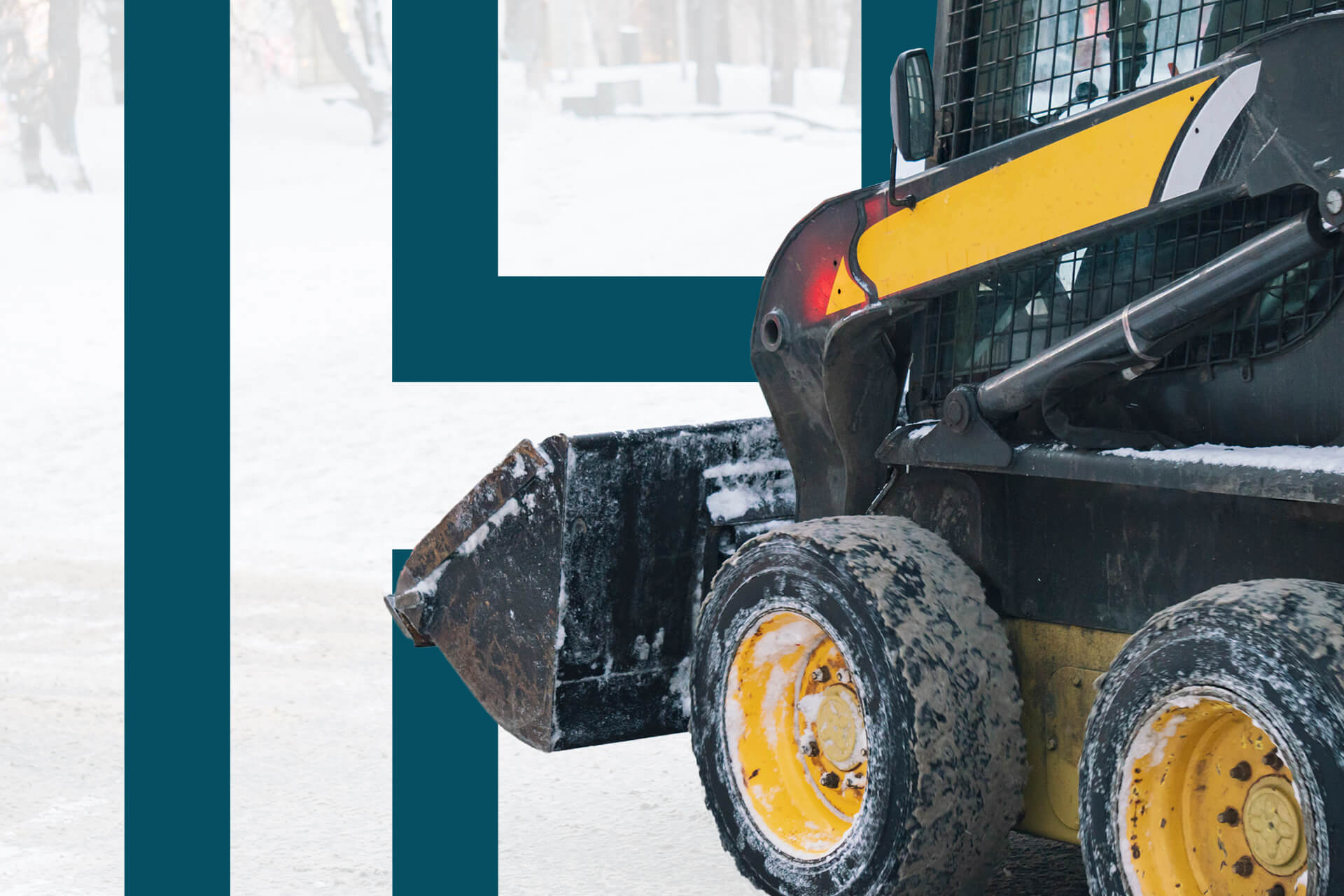
We are reader-supported. When you buy through links on our site, we may earn an affiliate commission.
Whether you’re a landscaper, contractor, or another industry professional looking to start up a snow removal business in the winter, removing snow is a completely logical step in the journey of expanding your business.
Does your business tend to be seasonal? Transitioning to snow removal in the wintertime can be a great way to keep things consistent throughout the year — even during your offseason.
If you’re curious about how to start a snow removal business this winter, here are a few steps to keep in mind while you plan.
1. The Upfront Costs of a Snow Removal Business
One of the most important parts of managing a business of any kind is understanding the costs associated with running it long-term. When you’re starting a new venture, you have to find out how much capital you’ll need to get off the ground.
Snow removal business owners have reported that the startup costs for this venture are higher than many people expect. Equipment costs, gas and ongoing repairs eat up most of the budget, and you also have to prepare for the possibility of milder winters.
While this might be difficult if you are starting a business from scratch, much of this can be addressed and accounted for if you are simply starting another piece of an existing business. Either way, things become much easier when you’re transparent about the upfront costs and the budget you have — if any — for expansion.
2. Securing The Right Equipment
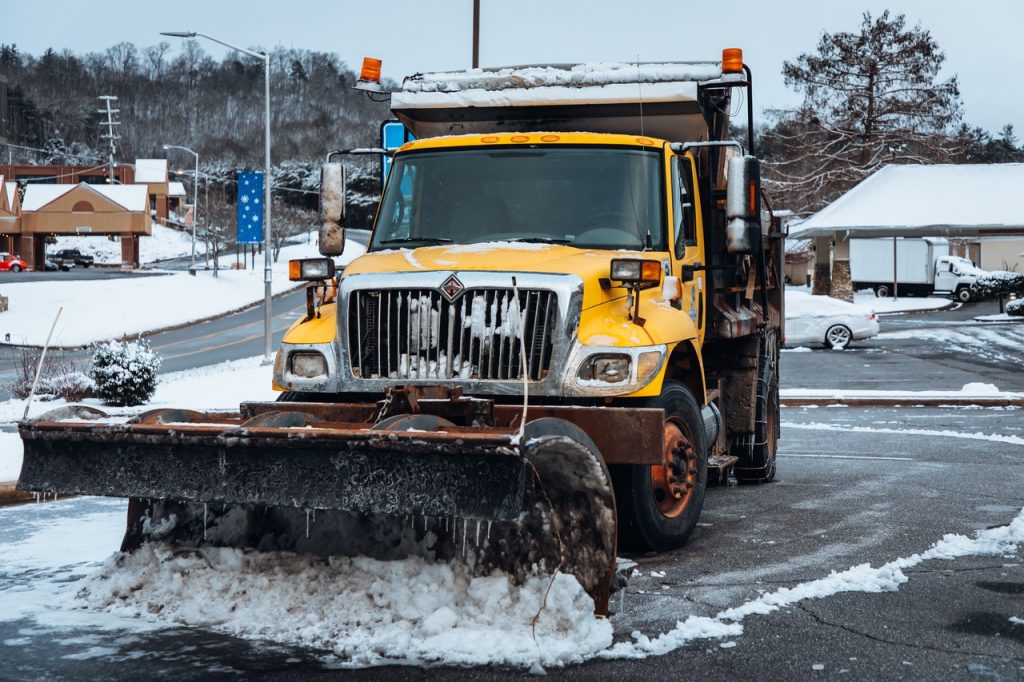
One of the largest business expenses you will run into in the initial process of setting up your snow removal business will be all of the new equipment you need to source.
Running the plow business from a pickup truck? You’ll need to secure a plow attachment for you and any other contractors on these services. If you’re expecting a higher volume of commercial customers — and want to spare your vehicle — you can also opt for a skid steer with a snow blower and snow bucket to efficiently remove snow from larger commercial spaces.
Although it can be tempting to purchase everything you think you might need right out of the gate, it can actually be beneficial to rent your equipment at first — that way, you can try out different models and save up money to purchase quality equipment with functionality you like.
3. Setting Your Snow Removal Prices
Although everybody prices their services differently from one another, learning to set your prices is one of the most important steps of starting a business.
One of the complicated pieces of starting your snow removal business is that hourly pricing often doesn’t work as well as you might expect. Even though setting an hourly rate can help you figure out a baseline for your pricing process, many of the jobs you find yourself doing take less than an hour, which can complicate things.
Simply dividing your hourly rate can help you figure out suitable prices for your business. Then, make sure you accommodate the costs of equipment, maintenance and gas in order to reimburse yourself properly. You’ll also want to keep an eye on the competition — if they’re undercutting their prices, consider offering discounts or emphasizing the quality of your services for new customers.
4. Marketing Your New Services
When starting a new business, no matter the industry, marketing yourself and spreading the word about your services can be one of the most crucial moves you can make in gaining business.
If you have an existing company, it can be beneficial to spread the word before the winter season hits through your existing business. That way, you can rely on many of the same customers to turn to your winter services.
However, If you happen to be building from the ground up, spread the word however you can, preferably as early as possible. Word of mouth is still one of the most effective forms of marketing out there.
5. Contracting Business Specifics
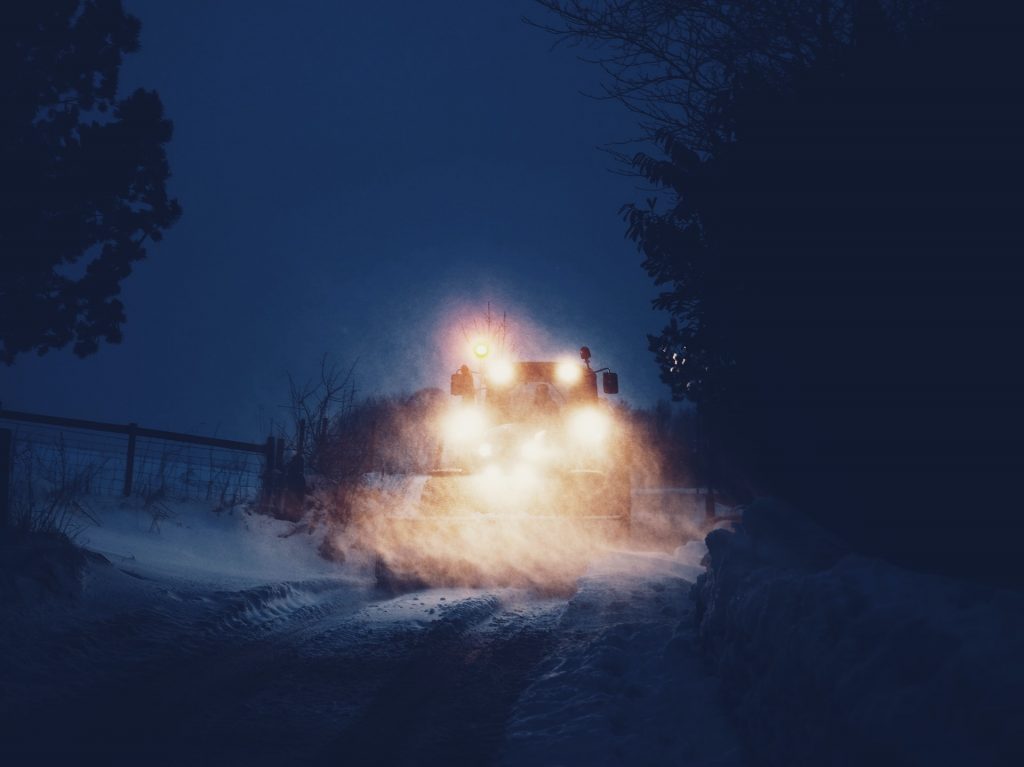
Starting a snow plowing business shares many of the contracting business specifics that a variety of other kinds of services do as well.
Just like with any other business, make sure you check with local guidelines for permits and paperwork, make a business plan, hire a team that you trust, and get reliable insurance as soon as possible.
Depending on where you are in your business journey, some of these might seem like second nature to you — or you might be dealing with a brand-new world. Just make sure you feel comfortable with where you are and do the necessary research on topics you don’t know much about yet.
6. Learn Industry Guidelines
Although the industry guidelines will be different depending on where you’re located, it’s important to stay on top of any laws, regulations, or developments in the field.
Check with your local municipality about anything you need to know, not just as a business owner, but specifically as a snow removal business that works in harsh weather conditions. Even if you think you have everything taken care of, it can never hurt to double-check.
7. Offseason Business Planning
Many winter services are offshoots of landscaping companies. Plenty of snow removal businesses exist as a counterpart to a landscaping or lawn care business that primarily functions in the spring and summer.
However, if snow removal is the primary focus of your business, finding something to do in the offseason can be crucial to the longevity of your business. Look into your options for the warmer months — even if it’s just some light landscaping or lawn care. Soon, you could be growing into a full-service landscaping business.
How to Start a Snow Removal Business
Of course, everyone is different and everyone’s business style will be, too. That’s what success and marketability are all about. Whether you are going from a landscaping and contracting business or you are starting out completely new with your snow removal business, it might feel like there’s a lot to learn.
By planning ahead, knowing your pricing, and marketing yourself by word of mouth, you can get started on having a successful snow removal business no matter where you are. Are you ready to start plowing this offseason?

